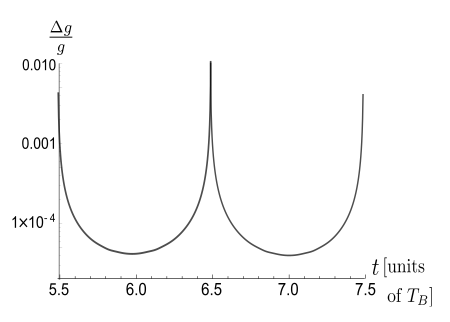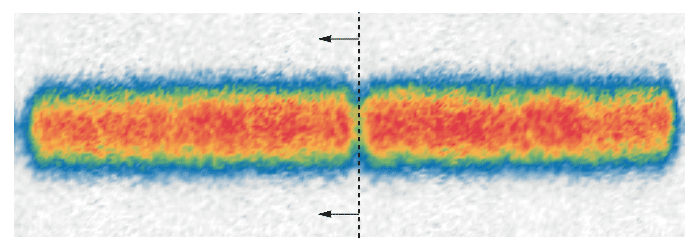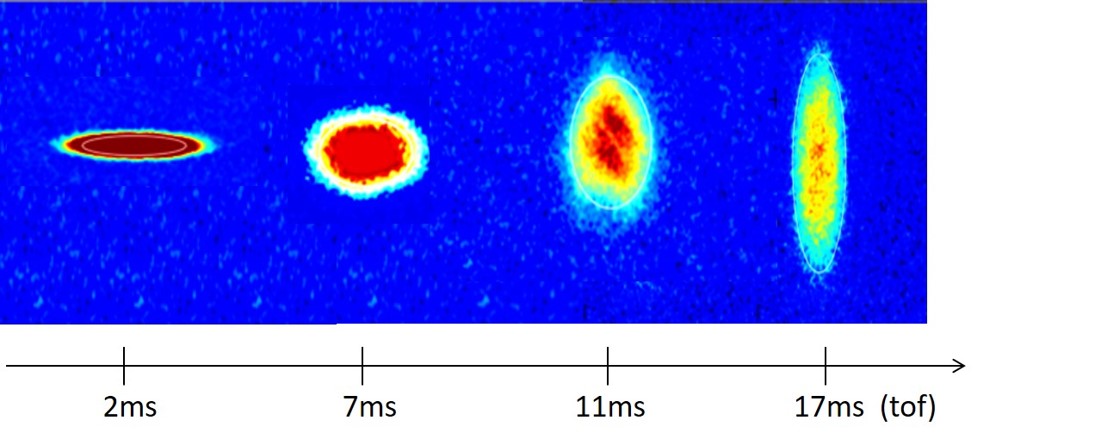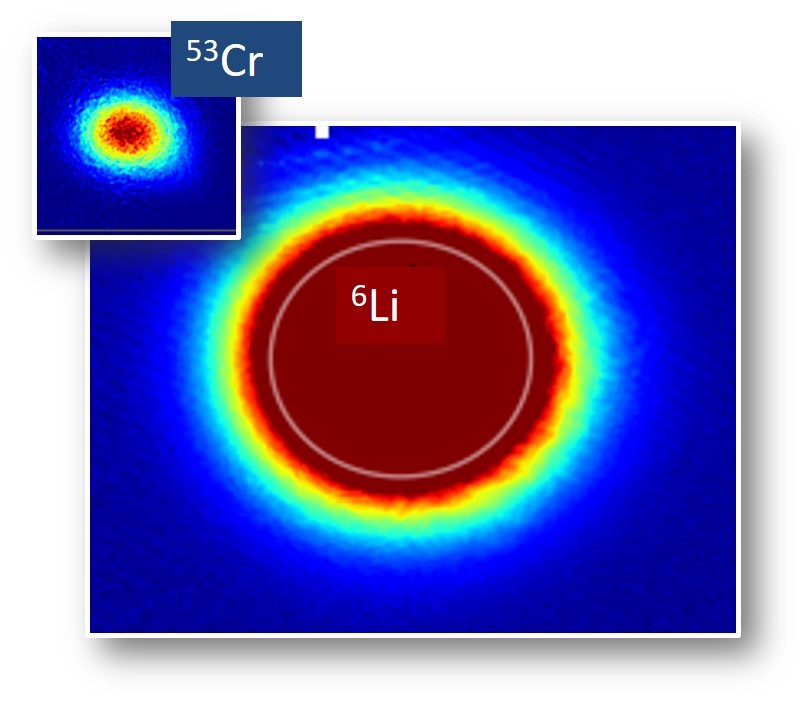 |
We study the ultimate bounds on the sensitivity of a Bloch-oscillation atom interferometer where the external force is estimated from the measurement of the on-site atomic density. For external forces such that the energy difference between lattice sites is smaller than the tunneling energy, the atomic wave-function spreads over many lattice sites, increasing the separation between the occupied modes of the lattice and naturally enhancing the sensitivity of the interferometer. To investigate the applicability of this scheme we estimate the effect of uncontrolled fluctuations of the tunneling energy and the finite resolution of the atom detection. Our analysis shows that a horizontal lattice combined with a weak external force allow for high sensitivities. Therefore, this setup is a promising solution for compact devices or for measurements with high spatial resolution. I. Nałȩcz, et al., |
LAST NEWS
 |
Within the CriLiN project, EU-funded through a Marie Skłodowska-Curie action, Alessio will develop a novel type of atomic quantum simulator with long-range, multi-body interactions. |
 |
When two superconductors are coupled with one another through an insulating junction, a so-called Josephson supercurrent may flow without creating any potential difference, sustained merely by a phase difference between the superconducting wave functions. We have observed the charge-neutral analogue of this phenomenon using an ultracold gas of strongly interacting fermionic atoms, revealing the quintessential sinusoidal relationship between the supercurrent and the superfluid phase. Our experiments demonstrate the profound connection between the supercurrent magnitude and the nature of superfluid states, which has allowed us to quantify the condensate density across the BCS-BEC crossover of ultracold Fermi gases, playing the role of the superfluid order parameter. W. J. Kwon et al. |
 |
In the middle of the hot Tuscan summer, we could bring to quantum degeneracy large samples of 6Li atoms in our setup. With the same all-optical strategies already developed in the LiLab, we can achieve crossover superfluids, as well as highly degenerate Fermi gases, of up to 1 million atoms. (In the image, the hydrodynamic expansion of a crossover superfluid of about 700000 pairs). |
 |
We brought into the cold regime the first chromium-lithium fermionic mixture worldwide. within a 5 sec. duty cycle, we produce samples of about 4 million chromium and 300 million lithium atoms at a few hundreds of microKelvin. Our work just got published in Phys. Rev. A. E. Neri, et al., |
